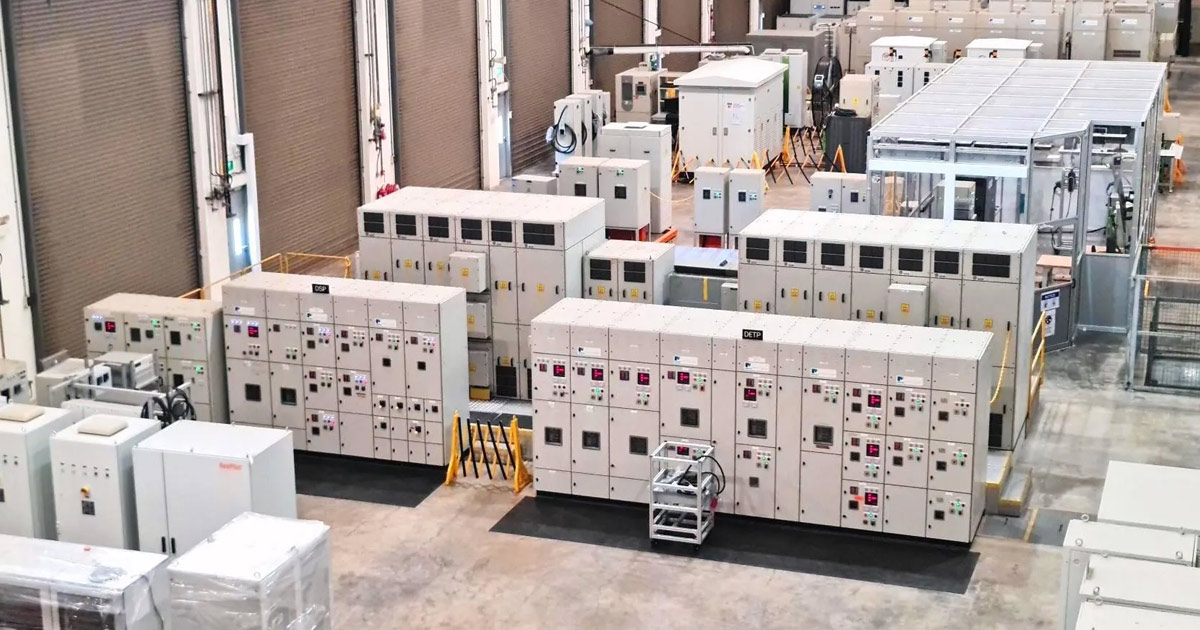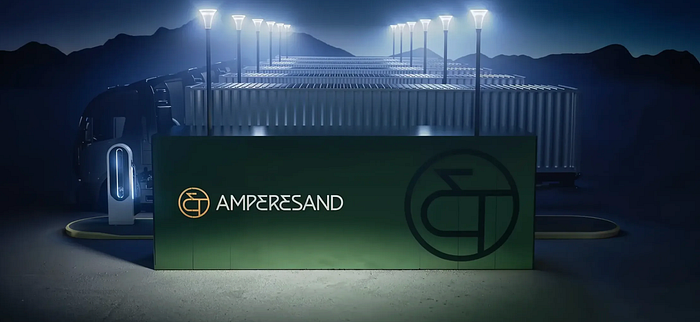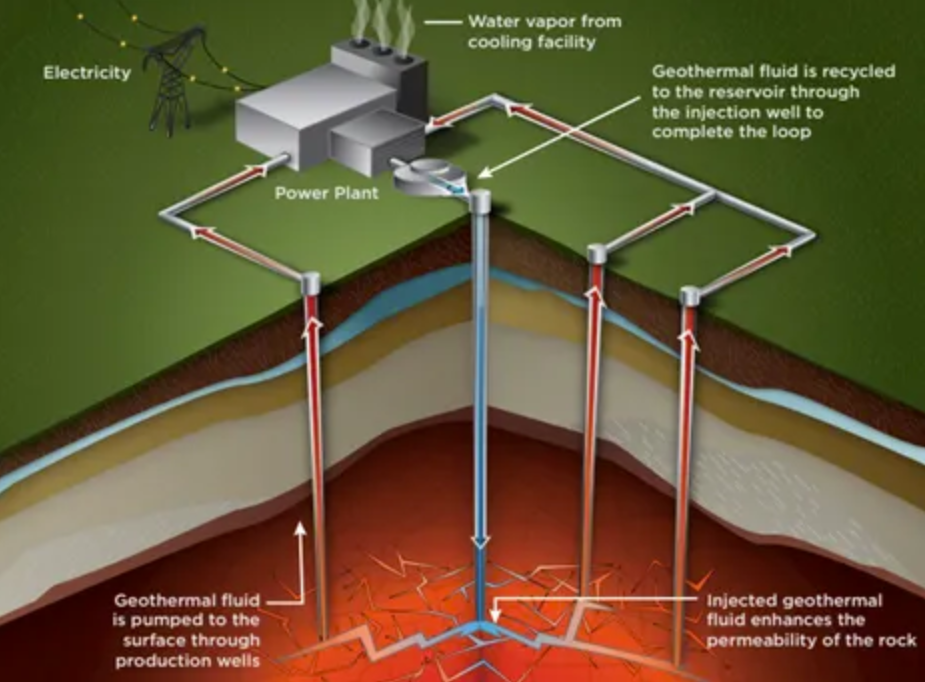Marc Bouchet (Senior Investment Associate), TDK Ventures
The power crunch is upon us
AI is power hungry. Datacenters are being built at breakneck speed in an unprecedented multi-hundred-billion-dollar buildout cycle to train and run AI models. Their raw power draw is staggering — racks that once used a few kilowatts are now trending towards megawatts each. Soon just one building block of a datacenter will consume more power than an entire city block of homes. NVIDIA projects its next generation of AI “factories” will run on 800-volt direct current architectures (DC), signaling that this shift goes beyond raw power and towards a need for DC power delivery that today’s infrastructure simply can’t keep up with.
At the same time, our broader electric grid is under pressure. Millions of EV chargers, new industrial electrification projects, and terawatts of renewable energy are all vying for connection. Yet the backbone technology that moves and manages electrons across the grid’s poles and wires — the humble transformer — has barely changed in over a century. It is showing its age.
That’s why we invested in Amperesand, a company building solid-state transformers designed to meet the power needs of the datacenter era and grid of the future.

Transformers stuck in the past
Transformers are the unsung heroes of the grid. They step up voltage so electricity can travel long distances with minimal losses, then step it back down so it’s safe to use in homes, businesses, and factories. For over 100 years the same basic design — copper windings wrapped around steel cores, sometimes cooled in oil baths — has worked reliably and predictably for this job.
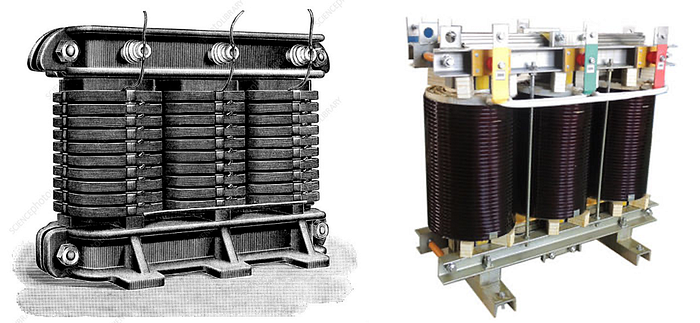
But as the energy system changes to support new renewable generation and load growth, that simplicity is now a limitation.
- AC, no DC: Traditional transformers can only handle alternating current (AC) electricity, while many modern sources (solar, batteries) and loads (datacenters, EVs) natively use DC electricity.
- “Dumb” devices: Today’s transformers by and large cannot provide data insights, digital control, or fine-grained management of power quality flowing through them, making it harder to balance increasingly volatile electricity supply and demand.
- Bulky, slow, and scarce: Building new transformers is material- and labor-intensive depending on supply chains that are brittle with lead times stretching to years.
In short, the grid is becoming more dynamic, distributed, and digital — but its core component is stuck in the analog age.
The solution: a solid state Future
Solid-state transformers (SSTs) are the modern answer. Instead of relying only on steel and copper, SSTs use semiconductors and high frequency power electronics to perform the same core function of a transformer — converting voltage up and down — but with far more flexibility and capability.
Here’s how SSTs stand out:
- AC and DC 🤘: SSTs can handle both forms of electricity natively, making them ideal for a world where solar farms, batteries, and datacenters often need DC while the grid they connect with still runs on AC.
- Smaller and more efficient: By switching electricity digitally tens of thousands of times per second, SSTs shrink the size of their magnetic components while reducing losses compared to similar-rated traditional transformers.
- One-step simplicity: Typical infrastructure for stepping down grid-level electricity to usable AC and DC requires multiple pieces of equipment and careful integration work. SSTs collapse all of this into one easy-to-site product.
- Manufacturable at scale: Compared to the labor and material intensity of traditional transformer production, SSTs leverage well understood and highly automated supply chains for electronics manufacturing.
- Smart and adaptive: Through digital management of bidirectional power flows, SSTs can smooth out imperfections in the grid and provide valuable services like frequency response and controlled fault isolation.
- Future-proof: As new loads and generation come online, SSTs act as programmable universal adapters, ensuring the grid can integrate them seamlessly.
For datacenters, SSTs mean reliable, high density power conversion that aligns with a move to 800V DC racks — accelerating “time to first token,” reducing compute footprints, boosting efficiency, and ensuring power availability.
For the grid at large, SSTs are a gateway technology: they enable massive renewable buildout, unlock industrial microgrids, and support EV fast charging at scale — all while reducing dependence on scarce specialty steels that restrict traditional transformers.
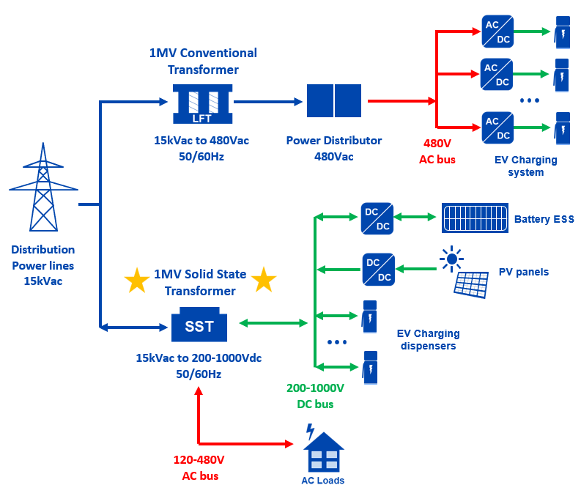
For all large critical power customers, SSTs stand to capture the value of collapsing long-lead time, analog, labor intensive, and costly power conversion projects into a single digital-native energy product. This is what Amperesand is delivering: multi-megawatt-scale SST systems, designed from day one with manufacturing and reliability in mind. Powerful building blocks available today for the grid of tomorrow.
Why now: the convergence of demands
Several forces are colliding to make SSTs not just useful, but urgent:
AI and Datacenters
- Next-gen racks will need direct high-voltage DC power, bypassing multiple conversion steps and boosting “AI factory” powertrain efficiency. NVIDIA’s roadmap, along with similar plans from hyperscalers, make it clear: the training and inference datacenters of tomorrow require SST-level solutions today.
- Grid bottlenecks are holding back the AI boom. Without a technology shift like SSTs to enable flexible interconnection of datacenters with utilities, we risk a future where training AI models leads to brownouts and rising consumer electricity costs. SSTs allow AI datacenters to ramp their power in a way that matches grid availability, and easily transition to power from non-grid sources when needed.
Renewables and Grid Congestion
- We’re waiting on two more “U.S. grids’ worth” of solar, wind, and batteries to be interconnected to the grid. Most of this generation is DC-based and intermittent — perfectly matched to SST’s bidirectional, digitally controlled capabilities.
- In many cases the inability to connect new generation to the grid has less to do with a lack of poles and wires and more to do with our inability to precisely control and shift that power to fit into the infrastructure we already have. SSTs are the cornerstone of “smart substations” to deal with this problem, and fit well with recent pushes for large scale grid-forming inverter deployment.
Supply Chain and Resilient Electrification
- Lead times for traditional transformers have ballooned to years, hampered by supply chain gaps in specialty steel, copper, and capital needs for new production capacity. SSTs can be built on existing silicon carbide (SiC) semiconductor supply chains and electronic manufacturing services (EMS) already scaled up thanks to EV adoption of high power density inverters.
- Our increasingly extreme climate calls for more resilient power options — industrial microgrids, islanded EV chargers, electrified ports — that share a need for flexible, intelligent megawatt-scale power conversion from SSTs.

The takeaway is clear; we’re living through a generational shift in electricity demand. Our old tools aren’t enough to usher in terawatts of abundant, renewable, and resilient power for AI, EVs, and beyond. The time for SSTs is now.
Why Amperesand
At TDK Ventures, we have evaluated multiple approaches to power conversion innovation. We are thankful to be guided by portfolio companies in adjacent sectors of energy storage, residential electrification, and green baseload generation in this landscape. What stood out about Amperesand is their focus on the hardest, most impactful version of the problem at hand: building high-power SST hardware that can truly replace legacy transformers at megawatt scale.
Their team has decades of experience in building power conversion systems for wind, batteries, and EVs — applications that demand ruggedness and reliability. They’ve designed their product with manufacturing, uptime, and cost in mind from day one. Amperesand has been running prototypes in real grid conditions at multi-megawatt power levels for years, proving their technology works outside the lab.
Beyond prototypes, Amperesand is moving at warp speed to bring a first generation of products to market serving a dedicated set of customers. A deep pipeline of hyperscaler, EV charging developer, and industrial customers give us confidence that the team has struck a nerve on clear product-market fit for SSTs today.
By combining deep technical know-how with speedy and practical product execution, Amperesand is positioned to be the King of the Hill making advanced power conversion a reality that unlocks terawatts of electrification.
Smarter power for a changing world
Solid-state transformers aren’t just an incremental upgrade. They are the connective tissue that will let our grid absorb a tidal wave of new growth — AI datacenters, EV fleets, renewable energy, and more — without breaking.
Amperesand is at the forefront of this transformation. By reimagining the transformer for the digital, renewable, datacenter-driven era, they’re building the power infrastructure backbone of the 21st century grid.
That’s why we invested — and why the future of energy depends on innovations like these.

